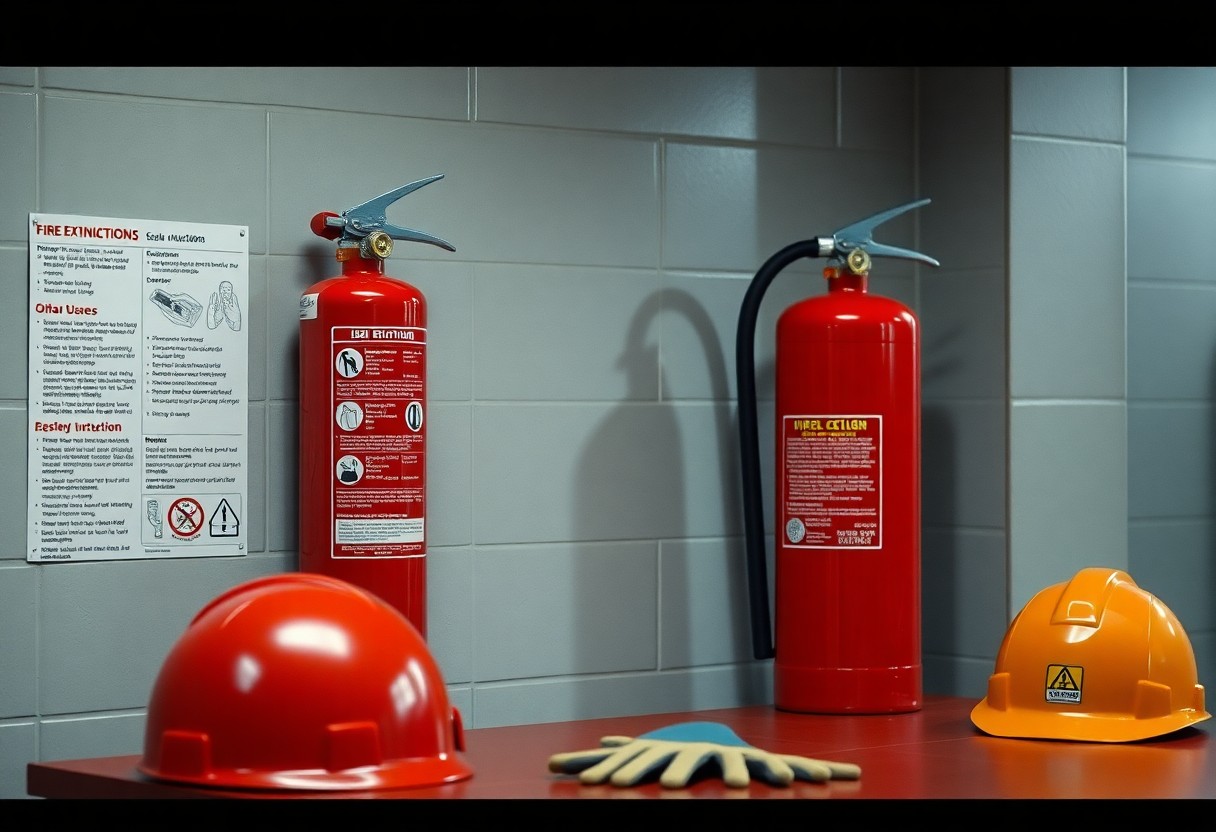It’s imperative for you to be aware of how to use a fire extinguisher effectively. Fire extinguishers are vital tools that can help you control small fires before they escalate into larger, uncontrollable blazes. Understanding when and how to use them can make a significant difference in ensuring your safety and that of those around you. This article will guide you through the necessary steps for using a fire extinguisher properly.
The first step to using a fire extinguisher is to familiarize yourself with the different classes of fire extinguishers. There are five primary classes: Class A for ordinary combustibles like wood and paper, Class B for flammable liquids, Class C for electrical fires, Class D for flammable metals, and Class K for cooking oils and fats. Make sure you have the right extinguisher for the type of fire you may encounter.
Next, you need to locate the fire extinguisher. It is often mounted on a wall near exits and in crucial areas, such as kitchens and workshops. Check to see that the extinguisher is easily accessible and not blocked or obstructed. Regular inspections can ensure that the extinguishers are in good working condition and fully charged. Pay attention to the expiration date and performance indicators.
When you find yourself in a situation that requires using a fire extinguisher, follow the P.A.S.S. technique, which stands for Pull, Aim, Squeeze, and Sweep:
- Pull the pin at the top of the extinguisher. This will break the tamper seal and allow you to use it.
- Aim the nozzle or hose toward the base of the fire. Targeting the flames directly can help suppress the fire effectively.
- Squeeze the handle to release the extinguishing agent. Make sure you apply consistent pressure.
- Sweep the nozzle from side to side, covering the entire area of the fire until it is fully extinguished.
As you approach a fire to use the extinguisher, always stay aware of your surroundings. Assess whether the fire is manageable and if your path to exit is clear. If the fire spreads or you feel any hesitation, evacuate immediately and call emergency services. Your health and safety come first.
In the long run, knowing how to use a fire extinguisher can be lifesaving. Make sure you take the time to learn about the different types, locate them in your home or workplace, and practice the P.A.S.S. technique. Becoming familiar with these important steps can help you act confidently and efficiently in case of a fire, ensuring your safety and the safety of others around you.

Leave a Reply